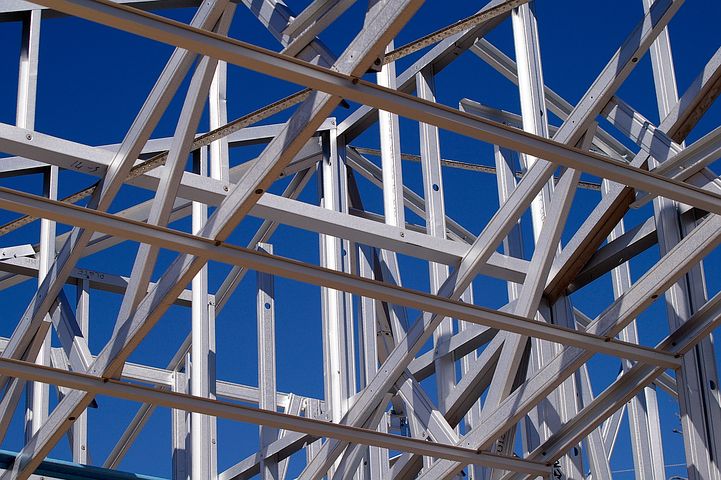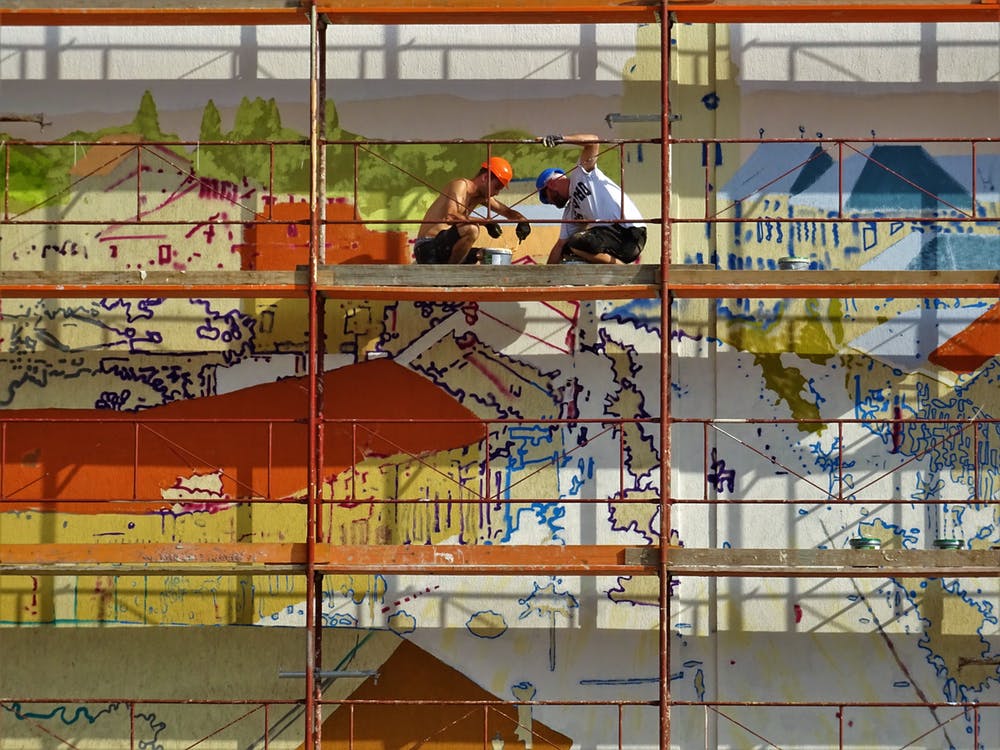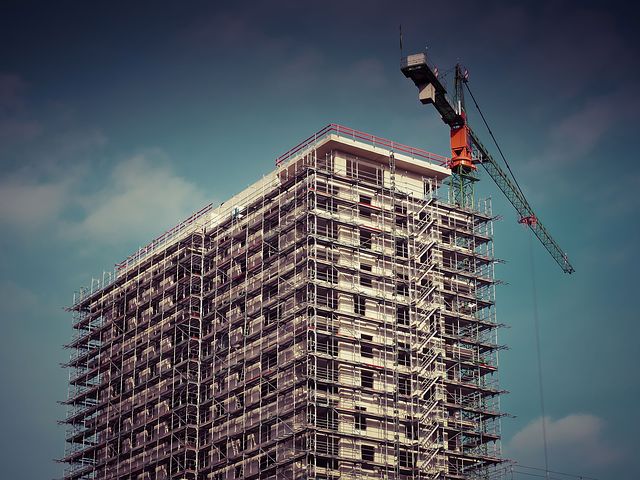You have probably come across scaffolding on a regular basis in your day to day life, it’s in common use in the construction industry so you’ve likely seen it propped up around new construction projects.
If you don’t work in construction, and you’re wondering what it’s purpose is, it is basically an elevation structure put up around buildings under construction so that workers can get around and reach the areas that they need to work on. They are temporary structures.
It is worth noting that there are actual several types of scaffoldings that serve slightly different purposes. Temporary structures designed for support and made up of metal poles and timber for example are useful for getting around the building. Suspended structures are helpful for situations like painting or cleaning, whilst aerial lifts might be used for repair or setting up other types of temporary structures.
Temporary structures are certainly an important feature of any construction project, but are actually a surprisingly common cause of workplace injuries. They are on of the most commonly cited workplace violations in the construction industry and cause many deaths and injuries every year.
So if you’re in construction, how can you work safely around scaffolding?

Understand common safety issues
There are some common safety issues and accidents that regularly occur on construction sites around temporary structures.
Most commonly reported are;
- Falls from heights due to lack of safety rails or protection
- Structures collapsing, usually because they have too much weight or are not correctly stabilized
- Workers being hit by falling materials
- Electrocution, this usually happens with powerlines because of the elevation
These safety issues are most commonly caused by a failure on the part of the construction company to put correct work health and safety procedures in place. Improperly planked structures, minimal ladders, overweighted structures and a lack of protection from falls are responsible for causing these safety problems.
Protecting employee’s
The best way to ensure that the employee’s working on temporary structures are safe is to ensure that you are up to speed on the work health and safety standards required and that the correct training is made available to everyone who needs it.
Safe work Australia provides comprehensive information on best practice for work safety when it comes to scaffolding.

Inspection
Every temporary structure should be built carefully to code and thoroughly inspected prior to any employee setting foot on it.
Training
Understanding the requirements is a great start, but you and anyone working on or around scaffolding to have the correct tickets and training.
Training should involve providing employee’s with information about correctly using, caring for, assembling and disassembling scaffolding. They should also be taught about safety and the correct procedures when safety issues arise.
Regular retraining should be provided to employee’s to keep their knowledge fresh and current.
Safety features
Every elevated temporary structure should have the correct safety features installed, such as falls protection.
Depending on the structure in place, a guardrail is usually the popular choice for falls protection. These railing systems are usually adequate protection from falls. In some cases a cross-bracing system might be used instead, or a personal falls system will be used when a guardrail would not be adequate protection.
Protection should also be provided from falling objects features such as debris nets or barricades should be installed, and hard hats should be a requirement of all employees.
Tipping restraints should also be installed after a certain point. There are other features that may be required depending on your specific structure, check your local guidelines to ensure you are following the correct safety standards.




